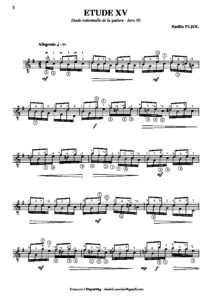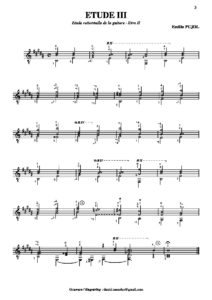


In 1549 Adrian Le Roy, together with his cousin, Robert Ballard, founded an important publishing house which was given the royal seal of approval. In the third book are published for the first time small pieces written for the four string guitar.ĭuring the sixteenth century, a score of books for guitar were published, mainly in Paris. In 1546 “Tres Libros de Musica para Vihuela" by Alonso Mudarra appeared in Seville. Two years later, in 1538, Luys de Narváez published in Valladolid "Los seys libros del Delphin de musica" which introduced into Spain the idea of Variations on a Theme. In 1536, that is to say a hundred years after the appearance of printing in Europe, Don Luys Milán, a gentleman at the court of the king of Portugal and of the Islands, published in Valencia, under the title of El Maestro, a collection of music which contains instrumental pieces for vihuela, as well as songs with vihuela accompaniment. This new process replaced the old practice of handwritten scores and, for the first time, the very rich lute repertory could be widely disseminated. The pages were printed in three stages: first, the staves, then the notes and finally the text and the page numbers. In 1501, in Venice, the printer Ottavio Petrucci was the first to use typography in the production of music.

Music of the Renaissance for classical guitar


 0 kommentar(er)
0 kommentar(er)
